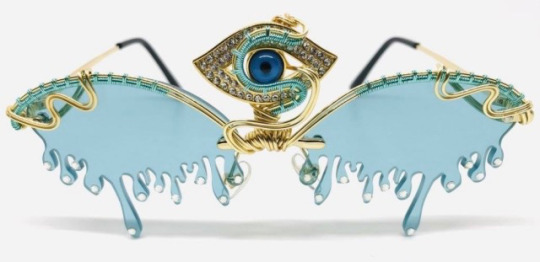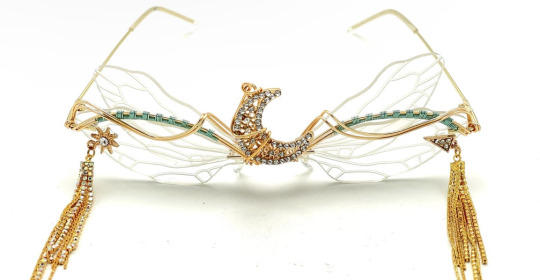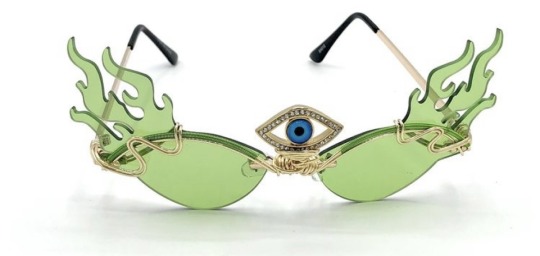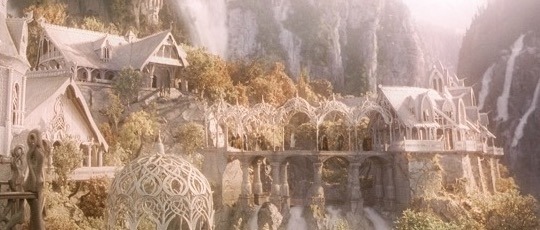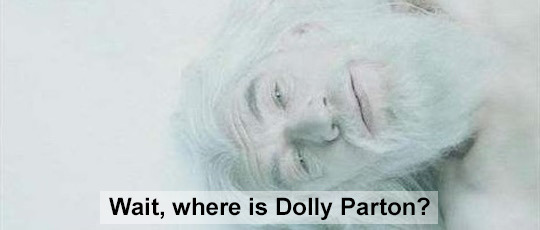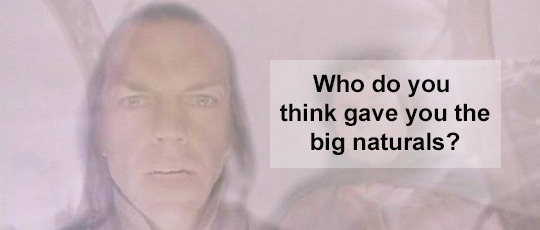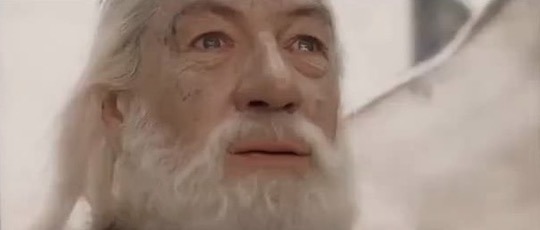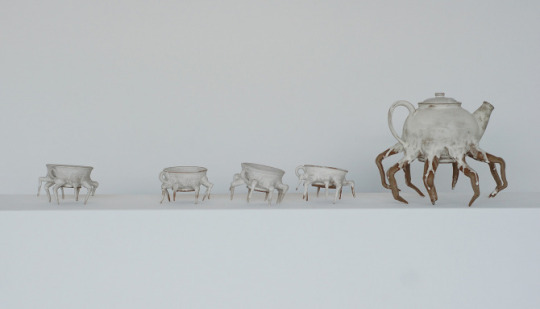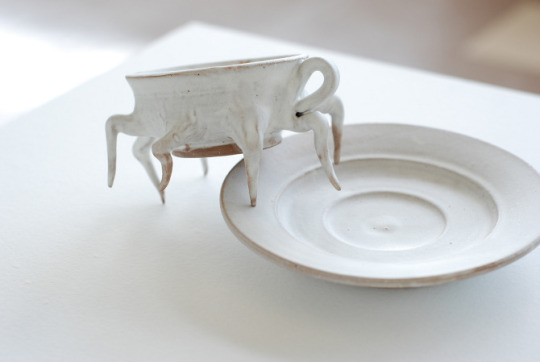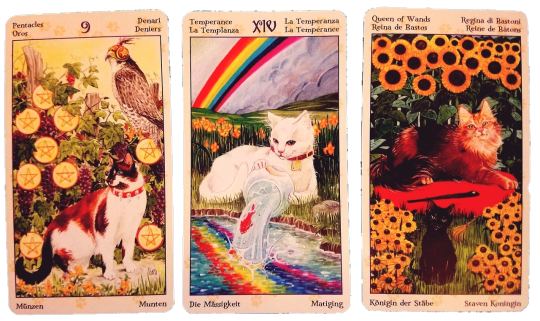Don't wanna be here? Send us removal request.
Photo





Whale knives designed by Tetsu Yamashita and made by Toru Yamashita in Tosa province.
49K notes
·
View notes
Text



Elegant Glass ‘Elytra’ Wings Cleverly Unfurl from Radhika Dhumal’s Expandable Wooden Table
12K notes
·
View notes
Text

i achieved my wildest little creature dreams this weekend and turned my regular bed into a mossbed and it’s everything i’ve ever wanted in a snooze spot
59K notes
·
View notes
Text
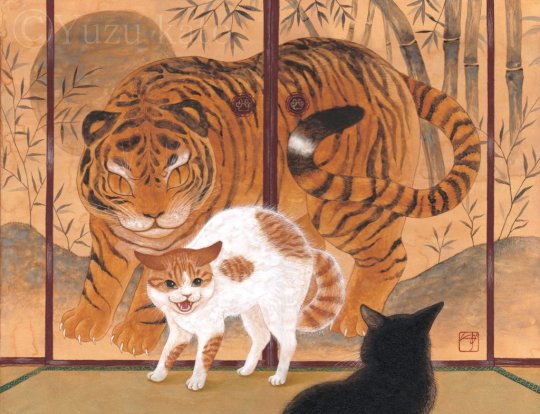
Yuzu Kato
'Borrowing from the Tiger's Majesty'.
かとうゆず 「虎の威を借る」
80K notes
·
View notes
Text
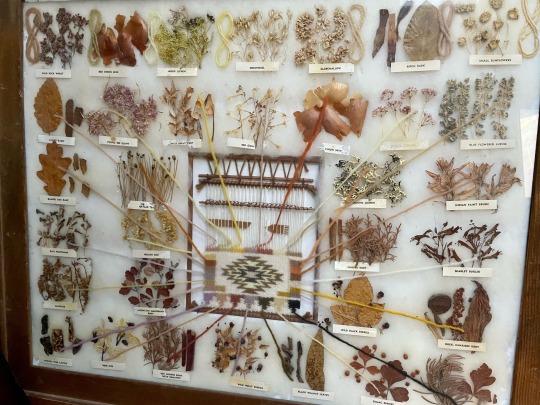
My bf got this dye chart with local plants at an art thrift store! 🍂
26K notes
·
View notes
Note
Why are you fascinated by elephants ?

Imagine the biggest animal on land. They also have the biggest ears of any land animal, which, because they don’t sweat, they use for cooling like a stereo fan. They have four legs (technically two arms and two legs, with wrists and elbows), like a cow or a horse, but they don’t have hooves; instead, they have 5 toes on each leg just like we do (the white bumps you see are toenails; they have five on the front foot and four on the back); they can pick up subsonic vibrations from 20 miles away with their feet, which also have shock absorbers that allow them to walk almost silently. They have this appendage on their face, a trunk, that is a combination of an arm and a nose; it doesn’t have bones, but instead has 40,000 muscles (the human body has fewer than 850), with which they can pick up an egg without breaking or carry a tree weighing as much as 700 pounds. They also drink out of their trunk, sucking up water partway through their nose and then squirting it in their mouth like a straw. Some of them even have 2 huge front teeth that are big enough to break off tree bark or even salt crystals (as they are herbivores, so need to supplement their vegetable diet with salt).
There really is no extant animal like the elephant, which fascinated Europeans at least as far back as the ancient Roman aristocrat Pliny the Elder, who called them “the closest of all animals to humans in intelligence. It understands the language of its own country, and therefore understands and obeys orders. Elephants are wise and just, remember their duties, enjoy affection, and respect religion.” (1st century AD, Natural History, Book 8) And while Pliny is somewhat overstating their nobility (elephants are very emotional and territorial, particularly with food or offspring, and aren’t above yelling/hitting calves for misbehaving, and when it comes to other elephants or even humans they see as a threat all bets are off; there’s a reason why they kill more humans than any other animal in captivity) he is right that they can discern human language (when elephants Mari and Vaigai were given to the Honolulu Zoo by Indian PM Indira Gandhi, they had to learn English to be able to understand their new keepers), are extremely affectionate (their version of a hug is sticking their trunk into each other’s mouths), and it’s theorized that their burial rituals are a protoreligious behavior (they are pretty selective with the bones they bury; usually just large herbivores like themselves and cows and rhinos, or humans, with whom they have a working bond that goes back millennia).
I think elephants strike a great balance between the intelligence of gorillas and octopuses in that they are different enough from us we have to reconsider our human biases in communicating with them, but they aren’t so different that they’re operating on a level we can’t comprehend. My favorite instance of this was the experiment with problem solving involving Kandula, a 7-year-old calf from Washington DC. Previous experiments with problem solving were whether an elephant could reach food hung from a wire with a stick like apes could; but what the scientists didn’t factor in is that having an arm that’s also a nose meant they couldn’t smell the food, and so failed the test. It wasn’t until they started putting boxes or balls around the exhibit that Kandula was able to roll them under the food, use the block as a stool, and then reach for it with his trunk. Designing experiments with elephants in mind also showed they could cooperate with each other, by pulling a crate of bananas with a rope, and could even recognize themselves in a mirror. Similarly, like giraffes they can “talk” to each other with sounds often too low for humans to hear, which was only found out by accident in the 1990s.
Elephants are highly emotional, likely due to an enlarged amygdala; I rarely see them express any indifference. If they love you, they will greet you in the morning, give you hugs, and remember you forever. If they hate you, they will try to hurt you, sometimes without any provocation (I spoke to an assistant keeper that had an elephant try to charge him because of the hat he was wearing) or just to prove themselves (young Asian male elephants, who are going through their first musth hormonal cycle, are notorious for this). Due to musth cycle, male elephants have to leave their natal herd because they become too aggressive; he joins a bachelor herd, but elephants are unique in that he will occasionally visit his natal herd (other social species, like cheetahs horses or lions, view a male coming back as a sign of aggression). The bond between a calf and their mother is unbreakable, as shown when a mother and daughter elephant had a celebratory reunion in a Thai sanctuary after 4 years apart. It was through an emotional greeting ritual were we finally able to prove that “elephants never forget“, when two elephants were reunited after 20 years apart in 1999. (Really, I could‘ve just answered your question with “Shirley” and it might’ve been an adequate answer. Shirley passed away February of this year at age 72.5 and I’m still heartbroken over this patient but firm, determined allomother).
So you could say I’m fascinated by elephants not only for their unique physical characteristics, but their unique intelligence that makes us challenge our own ideas, and how their strong emotions show their great capacity for love, but also that they’re wild animals to be respected and admired from a distance.

8K notes
·
View notes
Text




Strawberry Hill House—a Gothic Revival villa that was built in Twickenham, London 1749
75K notes
·
View notes
Photo
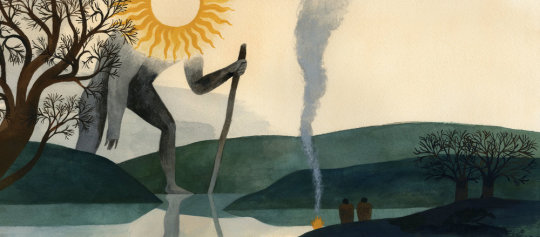
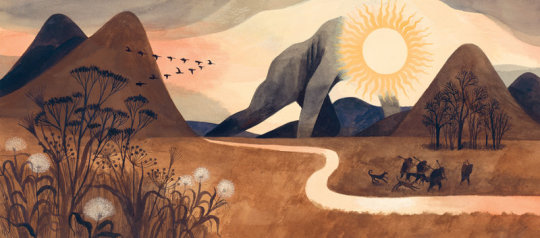
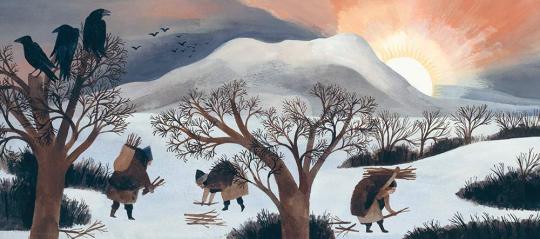
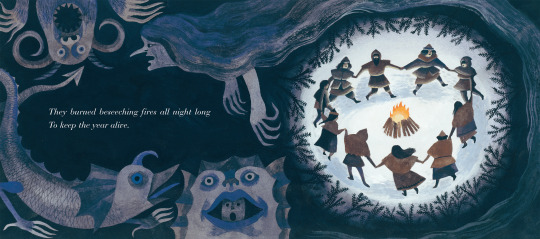

The Shortest Day. Words by Susan Cooper, illustrations by Carson Ellis.
37K notes
·
View notes
Text
santa deniers on science-mas eve hearing charles darwin evolving down the chimney
100K notes
·
View notes



